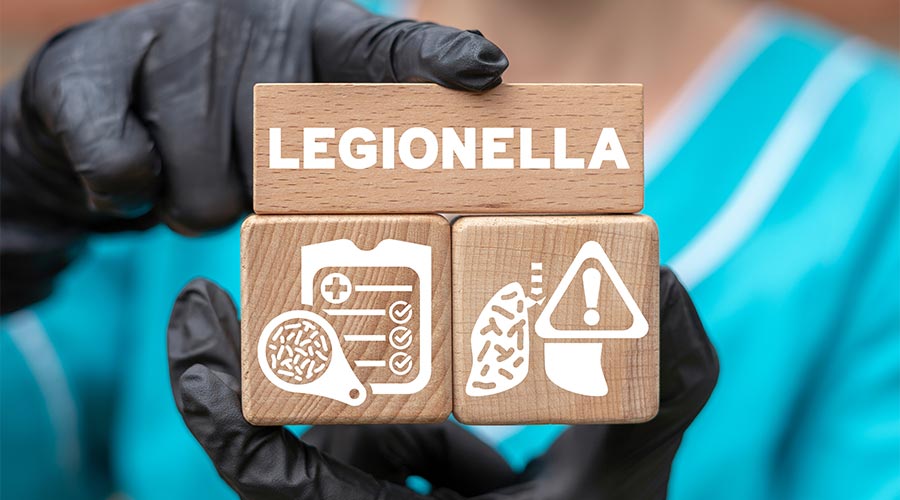
Contributed by Waterless Co.
National Safety Month is observed every June to emphasize the importance of safety in various environments. When it comes to water safety, of particular importance is preventing the spread of Legionnaire's disease.
The Centers for Disease Control and Prevention (CDC) reports a 900 percent increase in Legionnaire's disease cases in the past decade in the United States. The disease is spread by inhaling Legionella bacteria. Just so we are clear, we cannot contract the disease by drinking water contaminated with the bacteria.Instead, what happens is the Legionella bacteria develop in stagnant water.
If it becomes aerosolized, it is released into the air allowing it to be inhaled. The CDC explains some of the most common areas where Legionella develops are the following:
· Showerheads and faucets.
· Hot tubs and whirlpools.
· Hot water tanks.
· Complex plumbing systems
· Cooling towers.
· Fountains and humidifiers.
· Public restrooms
According to Klaus Reichardt, CEO and founder of Waterless Co., Inc., marketers of no-water urinals. "The stagnant water, mixed with ambient temperatures, creates a highly conducive environment for the growth of Legionella."As to how Legionnaires' disease spreads in public restrooms, the culprit is flushing.A March 2021 study found that "both toilets and urinals when flushed, generate large quantities of droplets small enough to be inhaled. These droplets can pose a significant transmission risk if they contain infectious micro-organisms such as Legionella."
Furthermore, these droplets can remain in the air for 20 seconds or longer. So, what can be done about this? To help ensure health and safety in public restrooms, Reichardt suggests the following:
• Increase ventilation in restrooms.
• Conduct tests to determine if Legionella is present in a toilet or urinal bowl.
• Select urinals that do not use water, eliminating flushing entirely.
• Increase restroom cleaning frequencies.
• Always wear a mask when cleaning restrooms.
"One thing managers do not need to do is install toilet seat lids," adds Reichardt. "Studies now indicate droplets escape through the gaps under the lid, providing minimal protection when the lid is closed."

 Celebrating BSCAI's 60th Anniversary eBook
Celebrating BSCAI's 60th Anniversary eBook The Down and Dirty on Cleaning in Virus Season
The Down and Dirty on Cleaning in Virus Season How Surfactant Use is Expanding in Commercial Cleaning
How Surfactant Use is Expanding in Commercial Cleaning